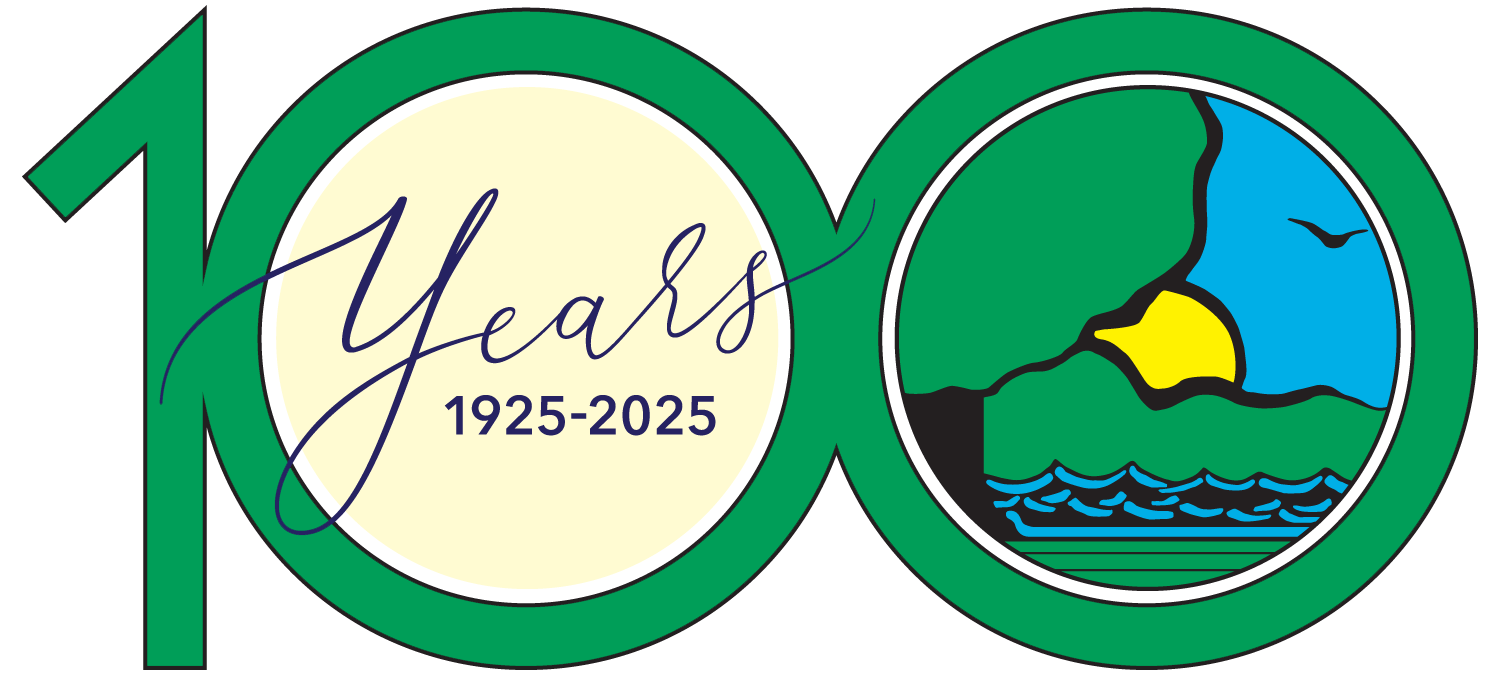
Photo by Jason Beverlin



Photo by Jason Beverlin
As I stood on the shore of Thompson Lake at Emiquon, the sound was deafening. Hundreds of thousands of snow geese were gathered at the preserve, their numbers covering the surface of the water in a blanket of white. When part of the flock took off, the flurry of their wings filled the air and the horizon like a blizzard. I’ve been working at The Nature Conservancy’s Emiquon Preserve for 14 years and in all this time this is the largest number of snow geese I’ve ever seen. At the migration’s peak, the Illinois Natural History Survey (INHS), which conducts aerial surveys of waterfowl during the migration season, counted 260,000 snow geese at Emiquon.

Snow geese weren’t the only migratory birds making a big appearance in the later winter and early spring: 1,430 swans also were counted at Emiquon, along with 30 percent of the mallards and nearly one-sixth of the total ducks inventoried at 54 sites along the Illinois River Valley. These impressive numbers draw the attention of other wildlife. For example, INHS counted 339 bald eagles, which is 70 percent of total eagles INHS counted during this time. And birds of prey aren’t the only ones noticing the impressive presence of waterfowl species. Our visit center has been packed with visitors looking to catch a glimpse of spring migrations.
As impressive as these numbers are, they are nothing compared to the migrations of the past. In the early 1900s, the Illinois River was one of North America’s most ecologically and economically significant river systems. It supported the most productive inland commercial fishery and highest mussel abundance per mile of any river on the continent. Emiquon once was the jewel of this system, nurturing diverse and abundant communities of native plants and wildlife in the complex system of backwater wetlands and lakes. Based on surveys conducted in the past, we can estimate that during some annual migrations, the one-day peaks would have reached one million ducks and geese—perhaps even higher.
As the Illinois River Valley was developed and farmed, much of the floodplain habitat was lost, and with it the incredible populations of birds who visited the region each migration. Migratory birds rely on places like Emiquon to “rest and refuel” during their arduous journeys to northern breeding grounds. The snow geese, for example, use their time at the preserve to fill up on aquatic plants before taking off for the Arctic tundra where they raise their young.
Now that the floodplain at Emiquon is thriving once again, we are seeing waterfowl numbers rebound, as quality habitat helps ensure that migratory birds arrive at their final destinations in a healthy condition, with a better chance for nesting success. That’s good news for the fall migrations that follow—and anyone who enjoys hunting, birding and wildlife watching in Illinois.

Jason Beverlin is the Deputy Director of River Conservation for the Illinois Chapter of The Nature Conservancy. He graduated from Southern Illinois University at Carbondale with a degree in land management and outdoor education and has worked with TNC since 2005.
Submit a question for the author
Question: When is the best time to visit to see the pelican migration this year 2023? Thank you.